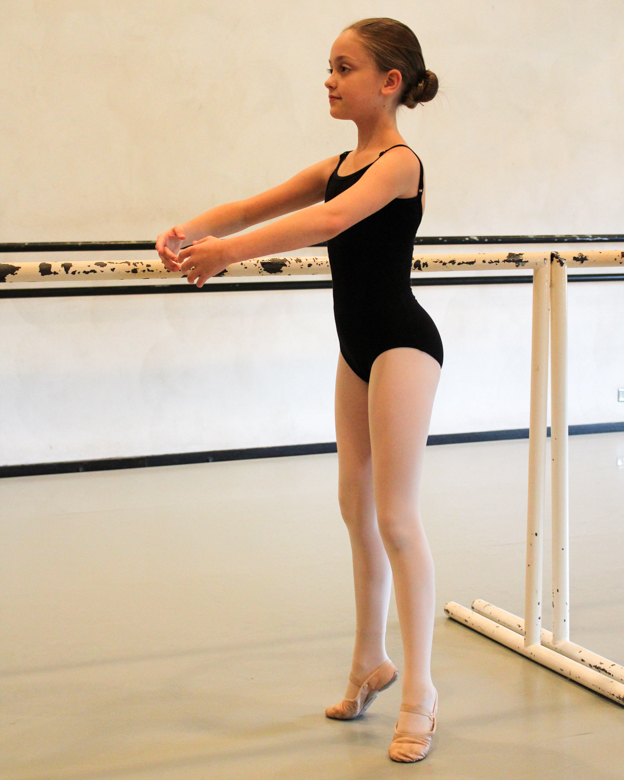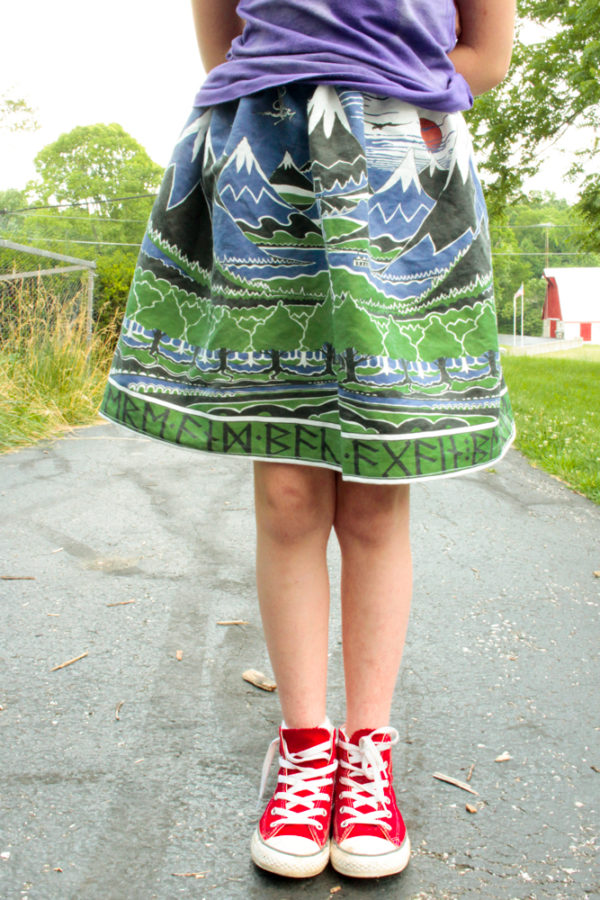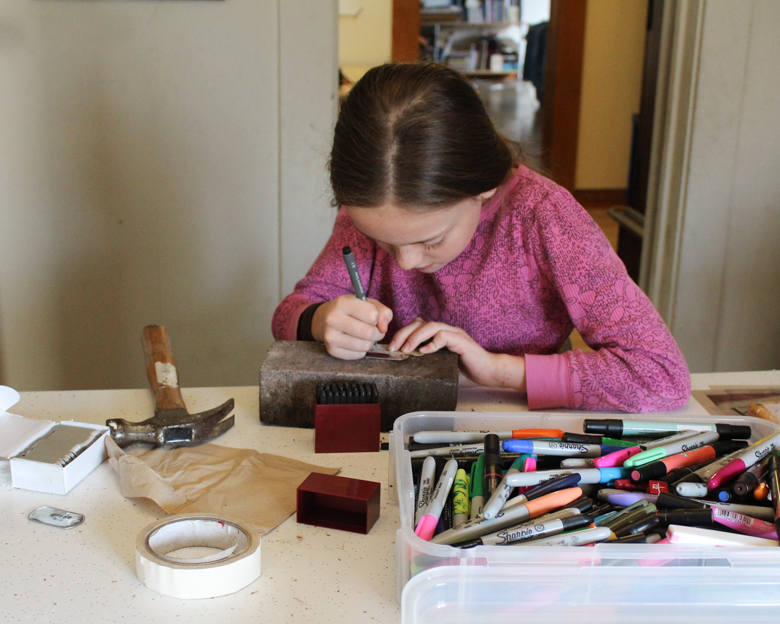The Girl Scout Cadette Book Artist badge may turn out to be my favorite of the Cadette badges. It has hands-on art elements, some science and history, and you know how much we all love books. It speaks to me especially, since one of my Master's degrees is in Library Science, with an emphasis on Special Collections. Next month, my Girl Scout troop is actually taking a field trip to the special collections library where I spent much of my time working in the Reading Room in grad school, preparing the delicate collections for patrons and monitoring their use.
Most of the Book Artist badge is about bookbinding, with a bit of book repair thrown in, but you know that I have never met a lesson plan that I didn't burn to meddle with, so I have added two components to this badge: making paper and altering books.
I'll tell you more about our journeys in book altering later (just imagine embellishing old book pages, and making book page crafts, and turning books into art journals, and all kinds of other projects that treat damaged old books as resources), but we have just finished the last batch of homemade paper that we're doing for this badge, and so it's the perfect time to show it off!
Making paper is shockingly easy, but it does require a couple of special supplies that are likely what keep it from being something that everyone, everywhere does all of the time. Years ago, I scored at Goodwill an immaculate vintage children's paper making kit, with two perfect screens. I'm a little glad that the children haven't shown interest in the kit until now (and yes, it HAS sat on the playroom shelves completely untouched until now--strewing something doesn't guarantee they'll use it!), because the mesh on the screens can be fragile, and I'd rather have the screens now, when we really have a purpose for them, than to have had the kids goofing around with them years earlier and breaking them. Here's a
similar paper making kit.
The other thing that you need is actually even optional: I bough the last
sheet of paper making pulp from our local art supply store, but you don't even really need that, as torn-up white paper will also do for your amateur efforts.
The kids tore some of the paper pulp into chunks, but I really wanted to include an upcycling component in our project, so I brought out some of the ripped-up comic that I used to buy for a quarter apiece back when I was selling comic book pinbacks at craft fairs.

These are mostly vintage, and the kids almost got permanently distracted by poring over the ads, of all things:

To be fair, the ads are really great:
Like, who wouldn't want a blow-up pillow with Raquel Welch on it?
Ahem.
To the kids' irritation, I then stopped the entire world and made them have a lesson inspired by this ad:
I didn't blog about all of
our acid and base experimentation back when the kids were super into it a few years ago, but one of the demonstrations that they did that was super cool and mindblowing was when they mixed citric acid and baking soda. Both substances, being dry, didn't react, but when the kids put the mixture into plain water--it erupted!
So imagine a white powder, similar to table sugar, that would cause a foaming reaction when wet, and boom! Foaming sugar!
Anyway... read the comics, then tear them into pieces and add them to your paper pulp:
Add water--
--and blend to bits!
The best wide bins that we own are the kids' work drawers, so we temporarily sacrificed the Monday drawer to our project:
It looks really gross, in my opinion, so add a bunch of water to cover it up:
I walked the kids through the process of creating one piece of paper each (even nicer that our paper making kit has two screens!)--
--and the paper pulp can keep for a while, so we let it sit out on the counter. When the kids' first pieces of paper were try, I then required them to each dip and make another piece of paper independently, without being walked through the process. And when THAT piece of paper was dry, they each had to think up and add an embellishment to the process. Will had really wanted to add colored thread, which I thought was an awesome idea, but then Syd added glitter to her paper so Will changed her mind and added glitter, too.
We ended up with plenty of homemade paper!
Fun fact: paper is ridiculous to photograph. It threw off my white balance and now I can't get it right, but trust me, there's glitter in there:
I like that you can also see the bits of comic book, but they're small enough that you can't tell what it is, just that it adds some extra color to the paper.
Homemade paper has a rough side that you can iron down if you want to use both sides--
It also works best with gel or ballpoint pens, not markers or felt tip pens, although you can paint it with a gelatin wash if you do want to use felt tips.
I don't have a purpose in mind yet for the kids' handmade paper, but there will be several different opportunities to make books throughout the Book Artist badge, so I'm keeping this paper, as well as the book pages that they've already altered and embellished, in a portfolio for them, and hopefully they'll be inspired to include some of the pieces in the several books that we'll be making during the course of this badge.
P.S. Love homeschooling or crafting or reading instead of cooking dinner? Follow my
Craft Knife Facebook page and let me drag you down into distraction daily!


























































